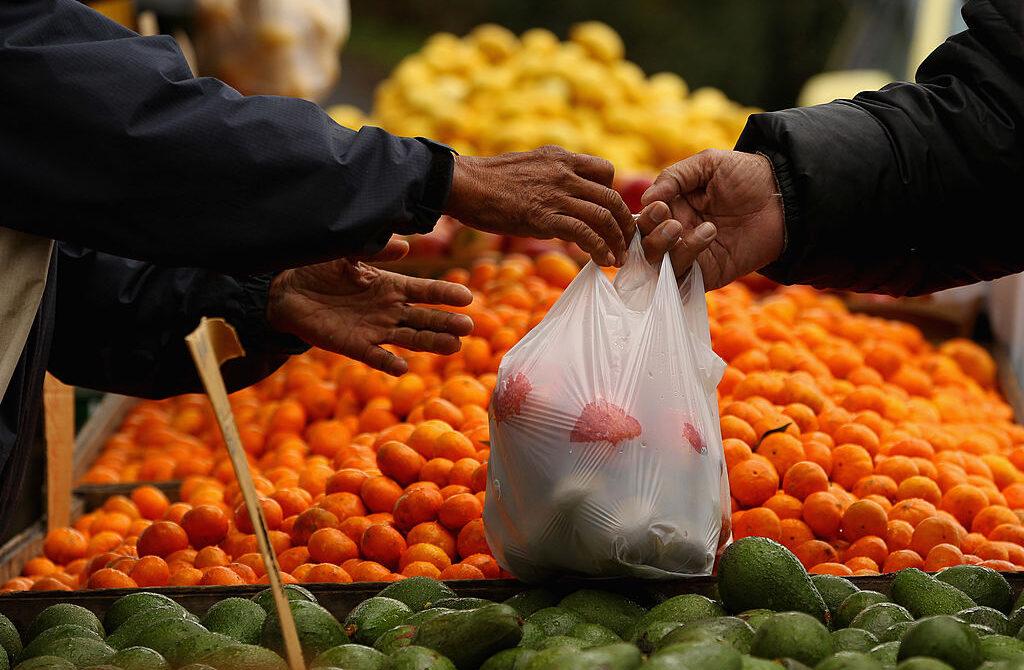New Zealand’s quarterly inflation rose to 2.2 percent in the three months to September, while the annual inflation rate edged down to 7.2 percent, according to Stats NZ.
This follows a 1.7 percent quarterly inflation and 7.3 percent annual inflation over the 12 months to June—a 32-year high.





